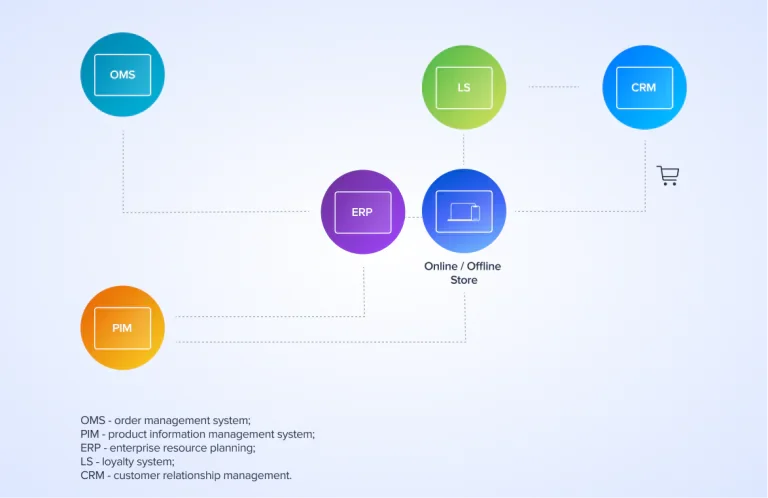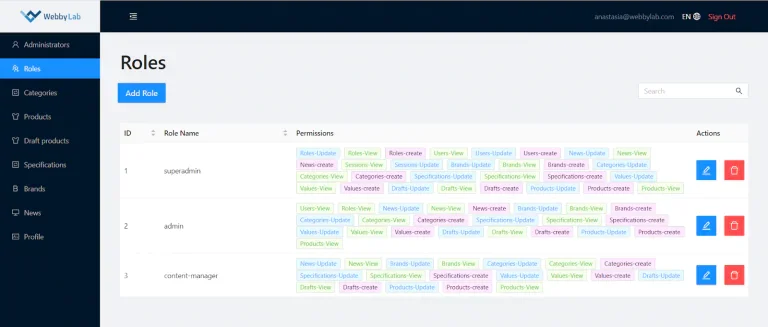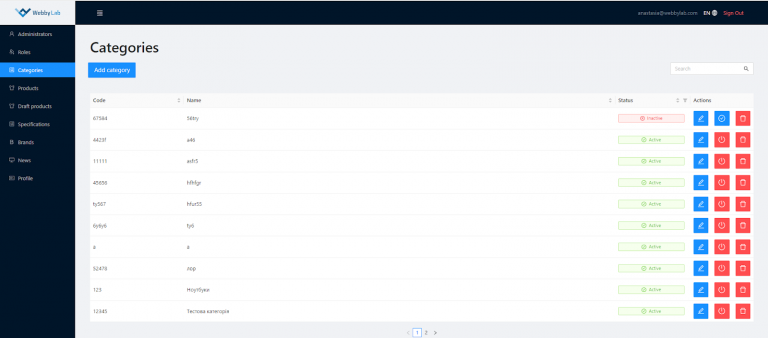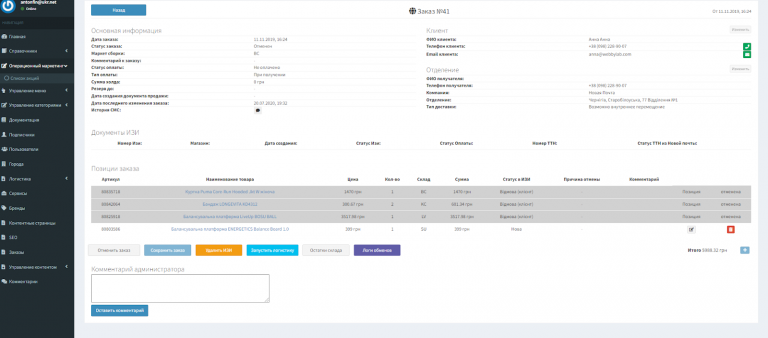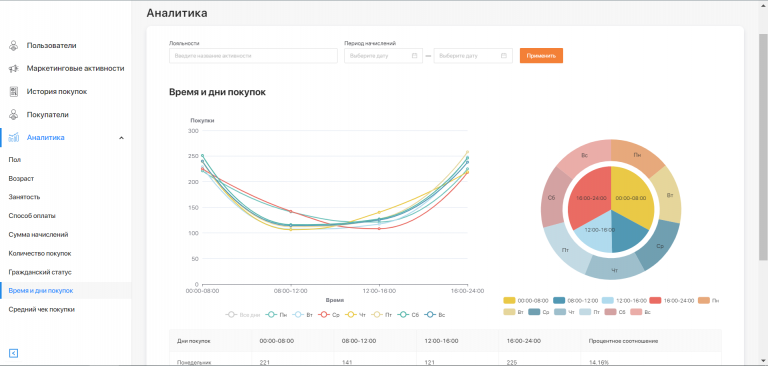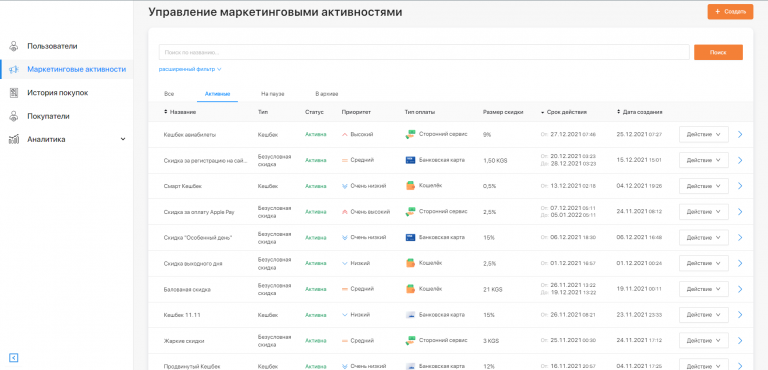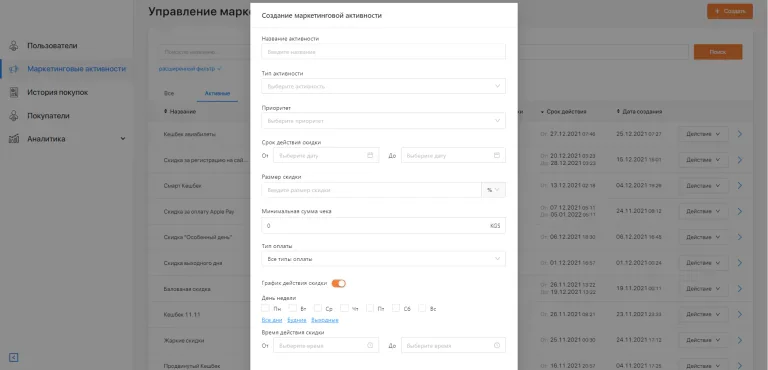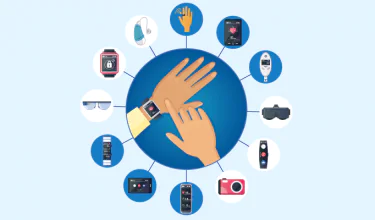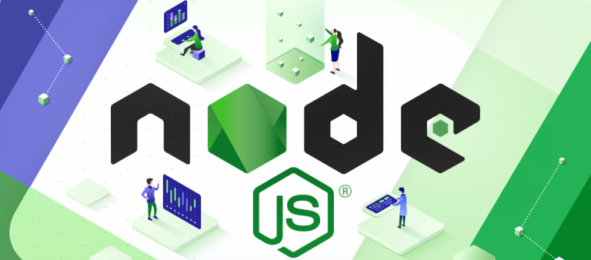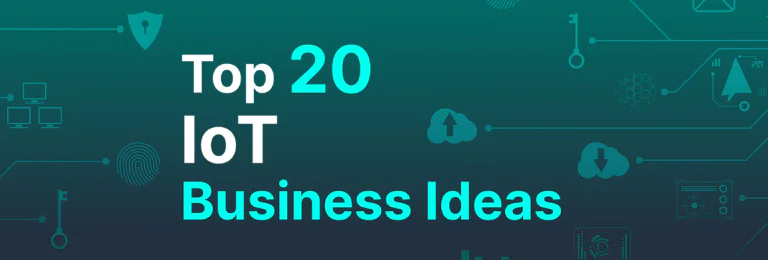Successful E-Commerce Ecosystem [All you need to know]
First, you should define the business processes taking into account the best possible practices, channels and user experience. Only after that, you need to choose tools and platforms and decide if you need a custom solution or existing “out of the box” tools that fit your business processes.
Customer journey starts from an offline store or web app and includes all the parts like customer service support, delivery, that require ERP, CRM, UX/UI font store and other back office systems to work properly.
You should use a secure terminal or protected gateway that shields customers’ private financial information during transferring money from customer to merchant.
The logistics are crucial for user experience (orders delivery, availability etc) and warehouse supply.
An ecommerce ecosystem includes all the back and front office systems like ERP, CRM, OMS, WMS etc. while online retail is just about sales channels on the internet.
![Successful E-Commerce Ecosystem [All you need to know]](https://webbylab.com/wp-content/uploads/2022/10/v3-1-768x260-1.png)
